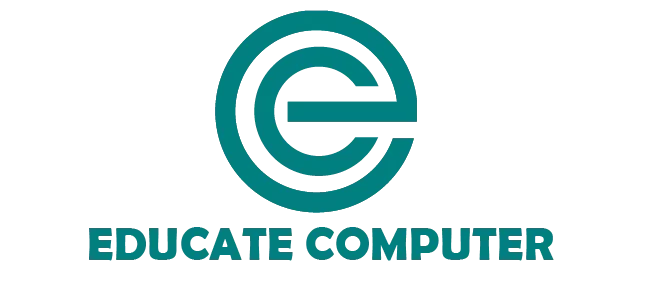Third generation computer offered better speed, reduced size, and improved reliability, which made them suitable for various technical and commercial tasks. At the same time, they also had drawbacks related to cost, maintenance, and hardware complexity. Understanding the advantages and disadvantages of third generation computers helps students identify how integrated circuits improved computer performance.

Advantages of Third Generation Computers
Here are the main advantages of third generation computers:
1. Smaller Size
Third-generation computers became significantly smaller due to the use of ICs. This compact design reduced the physical space required for installation and allowed placement in offices, laboratories, and educational institutions. The smaller size also led to lower heat generation during operation, which made the systems more stable and easier to maintain.
2. Faster Processing Speed
The use of ICs increased the processing speed of these computers considerably. Instructions could be executed in a shorter time, which improved the overall efficiency of programs. This speed enhancement made it possible to handle large amounts of data and complex calculations more quickly.
3. High Reliability and Better Performance
Integrated Circuits reduced the chance of hardware failures compared to transistor-based systems. Fewer components and a higher-quality design ensured that computers operated consistently over long hours. This improved reliability made the systems suitable for critical applications in research, government, and commercial environments.
4. Low Power Consumption
Third-generation computers consumed less electricity than second-generation systems due to the efficiency of ICs. Lower power consumption reduced operational costs and decreased heat production, which simplified cooling requirements. Energy-efficient operation made these computers more economical for institutions running continuous workloads.
5. Multiprogramming Capability
These computers supported multiprogramming. They allowed multiple programs to run simultaneously. The operating system efficiently managed resources to maximize CPU usage. This feature increased productivity for scientific, commercial, and administrative tasks. Time-sharing also enabled multiple users to interact with the system concurrently. This improves the overall utilization of computer resources.
6. User-Friendly Input/Output
Third-generation computers introduced better input and output devices, such as keyboards, monitors, and improved printers, replacing punch cards and earlier devices. Users could interact with the computer more easily. This makes programming and data entry more convenient. The enhanced I/O capabilities also allowed faster and more accurate data processing.
7. Reduced Production Cost
Mass production of ICs lowered the overall cost of third-generation computers compared to earlier systems. Smaller size, lower energy consumption, and reduced maintenance further contributed to cost-effectiveness. Businesses, educational institutions, and research centers could afford these computers more easily. The reduced costs helped increase adoption and made technology more widely available.
Disadvantages of Third Generation Computers
The following are the disadvantages of third generation computers:
1. High Initial Cost
Although cheaper than second-generation computers but third-generation systems were still expensive. Small businesses and individuals found it difficult to invest in these machines. Installation and infrastructure requirements added to the overall cost. This limited access primarily to larger organizations and institutions capable of affording the systems.
2. Complex IC Technology
Manufacturing IC-based computers required precise techniques and specialized equipment. The production process was delicate, and errors could lead to malfunctioning systems. Skilled technicians were necessary for assembly and quality control. The complexity of the technology increased the difficulty of production compared to earlier generations.
3. Maintenance Complexity
Repairing and maintaining IC-based systems required expertise. The miniaturized components were delicate and could not be handled carelessly. Troubleshooting requires trained personnel to identify and fix issues. Regular maintenance became more complicated and costly compared to transistor-based systems.
4. Limited Memory and Storage
Although memory and storage improved over the second generation but they were still limited by modern standards. Large-scale data processing often requires additional peripheral devices. Programs with high memory demands faced constraints. Expansion and upgrades added to the cost and complexity of using these systems.
5. Heat Generation in Large Systems
While smaller and more efficient than previous generations, large IC-based systems still generated heat. Extended operation required adequate cooling systems to prevent failures. Improper heat management could affect performance and stability. Cooling infrastructure added to operational and maintenance costs.
